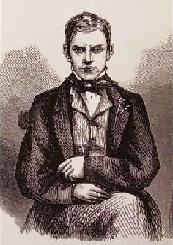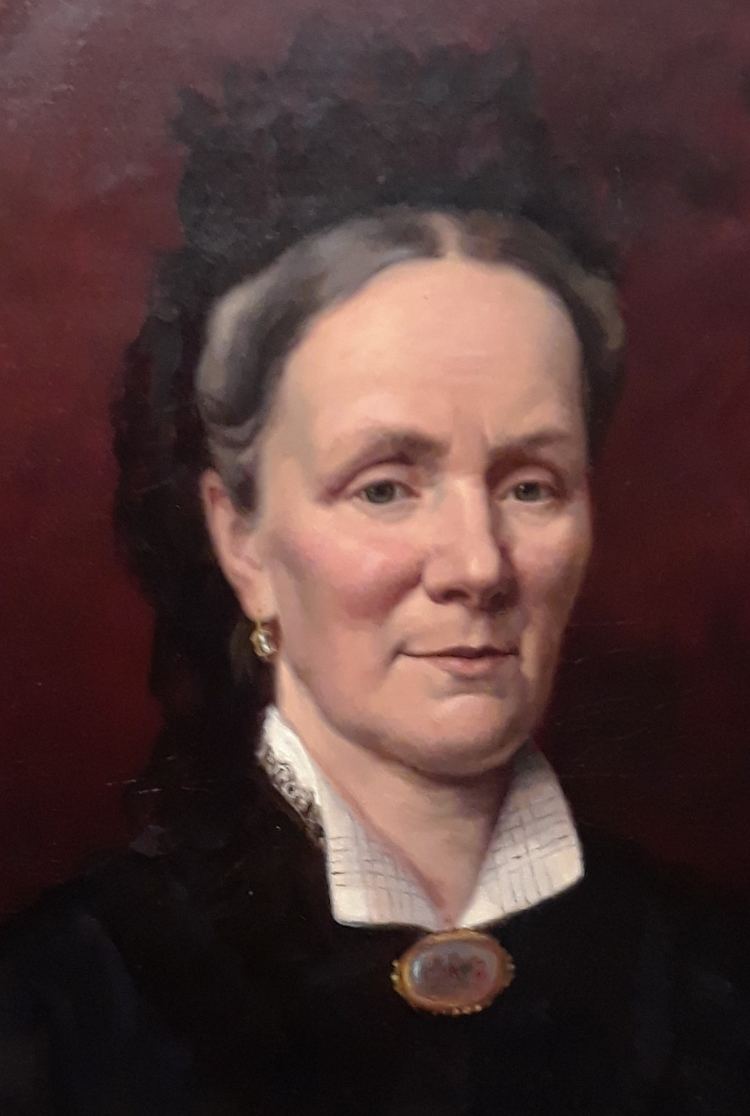Name Charles Groom Role Geologist | Died 1894 | |
 | ||
Charles Ottley Groom Napier also known as C. O. G Napier FGS FLS (14 May 1839 – 17 January 1894) was a natural historian, geologist, mineral collector, as well a writer on vegetarianism, ornithology and an early proponent of British Israelism. He was most well known for his eccentric claims of ancestry.
Contents
- Early life
- Collector
- Claims of ancestry
- British Israelism
- Ornithology
- Natural History
- Anthropology
- Vegetarianism
- References

Early life
Charles Ottley Groom Napier was born May 14, 1839 in Merchiston, Tobago, the son of Charles Edward Groom, a very wealthy sugar planter, and his wife, Ann Napier. He later moved and grew up in Sussex, England, and gained an early interest in natural history, obtaining a degree in geology. Later he became a prominent member of the Geological Society of London and joined the Linnean Society as well as being a Fellow of the Royal Statistical Society.
Collector
As a prominent collector Napier acquired huge collections of minerals, plants and fossils. Many of these were later sold to the Natural History Museum. He bought James Tennant's personal collection of fossils, which was later purchased by Robert Damon and sold to the Western Australian Museum in Perth where it remains today. A large part of his herbarium is currently preserved in Bolton Museum.
Claims of ancestry
In the 1870s Napier began styling himself as the Prince of Mantua and Montferrat with subsidiary titles as prince of Ferrera, Nevers, Rethel, and Alençon; Baron de Tobago; and master of Lennox, Kilmahew, and Merchiston. He worked with the genealogist John O'Hart (Irish pedigrees, 1876, Vol. 1, p. 582) and claimed that he could trace his ancestry to various European royal bloodlines or nobles through his mother Ann Napier. Works from John,Riddell was published in 1879 attempting to link his mother to the Duchess of Mantua and Montferrat in Italy and the Scottish Clan Napier. Napier further claimed he could trace his ancestry back to King David. These claims however were dismissed as fabrications by most genealogists and his academic reputation was tarred by scientists since his mineral collection was registered in the name of "Ex. Mus. P[rince] of Mantua & Monferrat".
Napier however never retracted his claims of ancestry and when he died of long-standing cardiac disease on 17 January 1894 his death was registered as that of "Charles de Bourbon d'Este Paleologues Gonzaga, prince of Mantua and Montferrat".
British Israelism
Napier read a paper entitled — "Where are the Lost Tribes of Israel" to the London Anthropological Society, in 1875. He believed that the British descended from the Ten Lost Tribes and was a personal friend of British Israelite Edward Hine.
Ornithology
The food, use, and beauty of British birds: An essay, accompanied by a catalogue, of all the British birds (1865)
Variations in the colour, form and size of the eggs of birds (1868)
Natural History
The ocean world: being a descriptive history of the sea and its living inhabitants (1868)
Natural History Rambles: Lakes and Rivers (1879)
Anthropology
Miscellanea anthropologica (1867)
The book of nature and the book of man (1870)
Vegetarianism
Vegetarianism in the Bible (1879)
